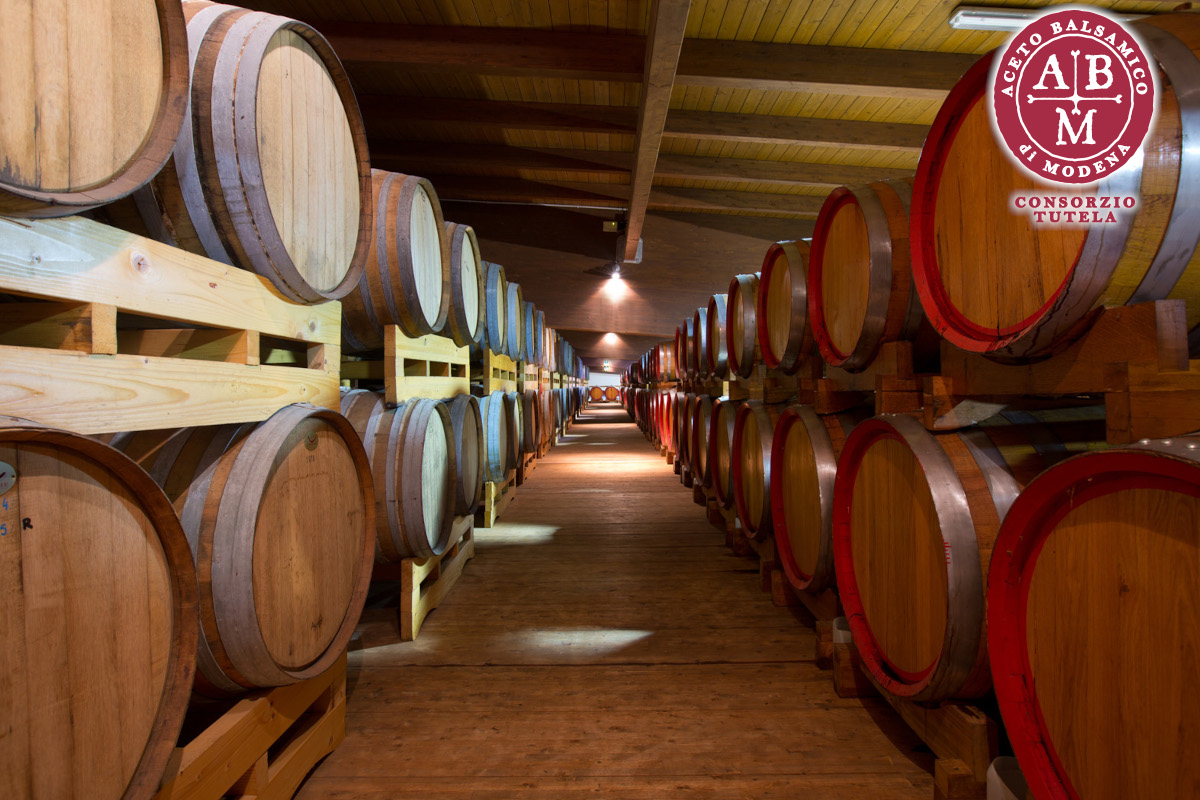
The recent greenlighting of the free trade agreement between the European Union and New Zealand, officially endorsed by the European Council on November 22, has entrenched stringent constraints against the improper use of specific designations under protected Geographical Indications. Notably, this includes the world-famous Aceto Balsamico di Modena PGI (Balsamic Vinegar of Modena).
Discover the authentic Italian balsamic vinegar on the Italianfood.net platform
An overwhelming 92% of the annual balsamic vinegar production is directed towards exports, spanning approximately 130 countries globally. The condiment, emblematic of the culinary prowess encapsulated in the Made in Italy label, has faced a litany of imitation attempts over the years, alongside the exploitation of Italian-sounding branding to peddle products bearing no resemblance to the authentic article.
Federico Desimoni, Director of the Consortium for the Protection of Aceto Balsamico di Modena PGI, underscores the significance of market protection in New Zealand, stating, “Outside Europe, the Geographical Indications system lacks safeguarding and recognition, save for agreements of this nature. This marks a pivotal stride in the realm of international protection culture.”
BALSAMIC VINEGAR OF MODENA PGI IN FIGURES
Presently, the Consortium for the Protection of Aceto Balsamico di Modena PGI spearheads a sector that, in 2021, achieved a historic production milestone, surpassing 100 million liters—an equivalent of one billion euros in consumer value. These metrics position balsamic vinegar as a front-runner in the league of Italian agri-food ambassadors, both in terms of exported products and within the top echelons of Italian PDO and PGI specialty foods, boasting substantial economic impact.
The balsamic vinegar sector boasts an extensive landscape, encompassing 2,400 agricultural entities, over 14,000 hectares of cultivated terrain, 92 grape must and wine vinegar producers, along 61 vinegar houses. This dynamic industry supports a workforce ranging between 25,000 and 30,000 personnel across the entire production spectrum.


